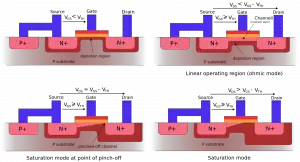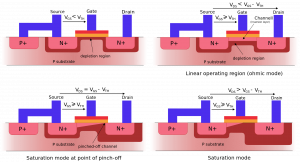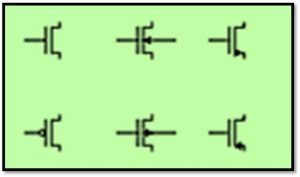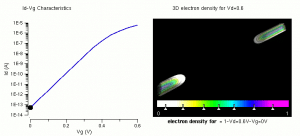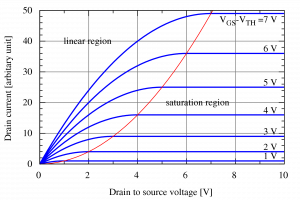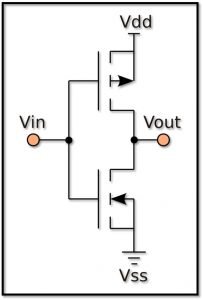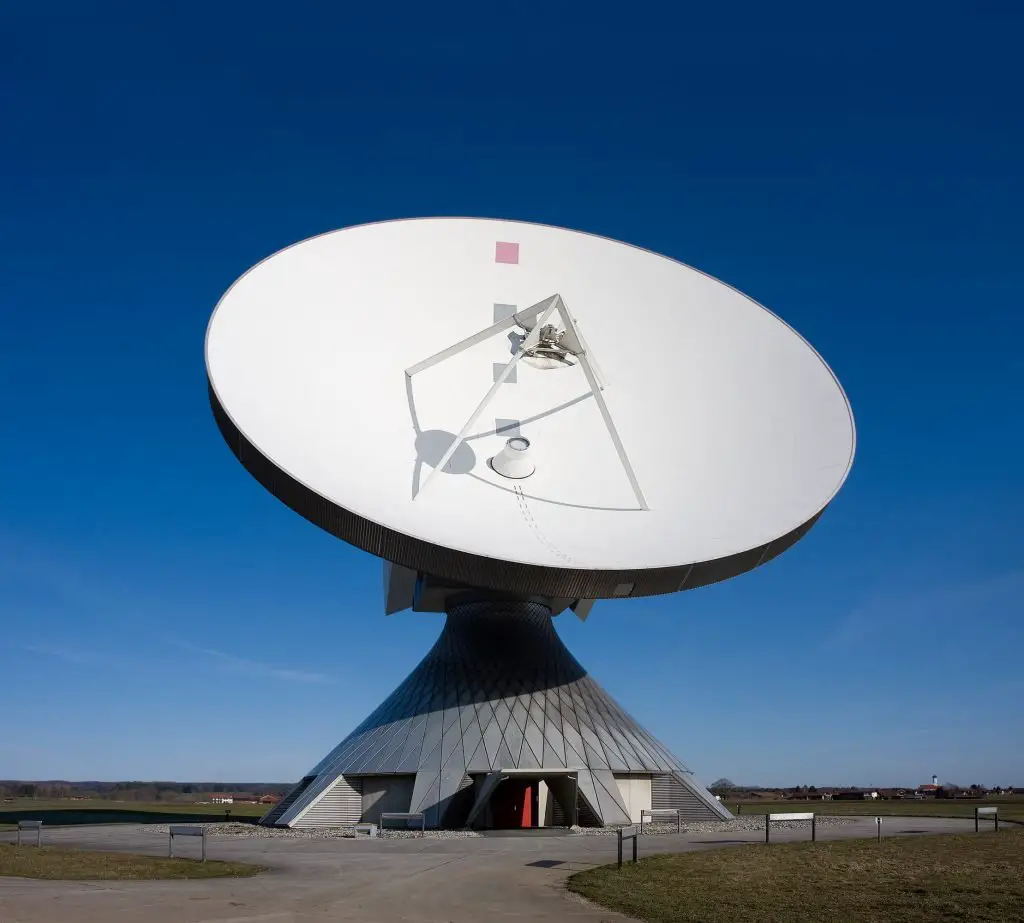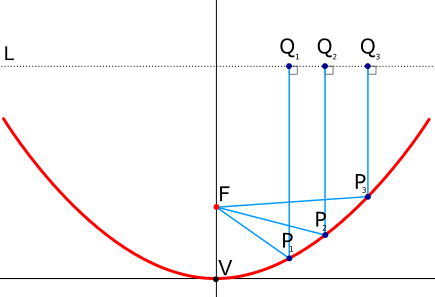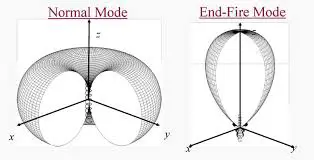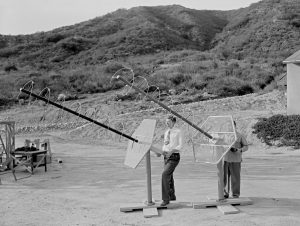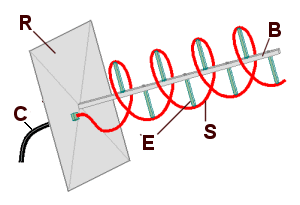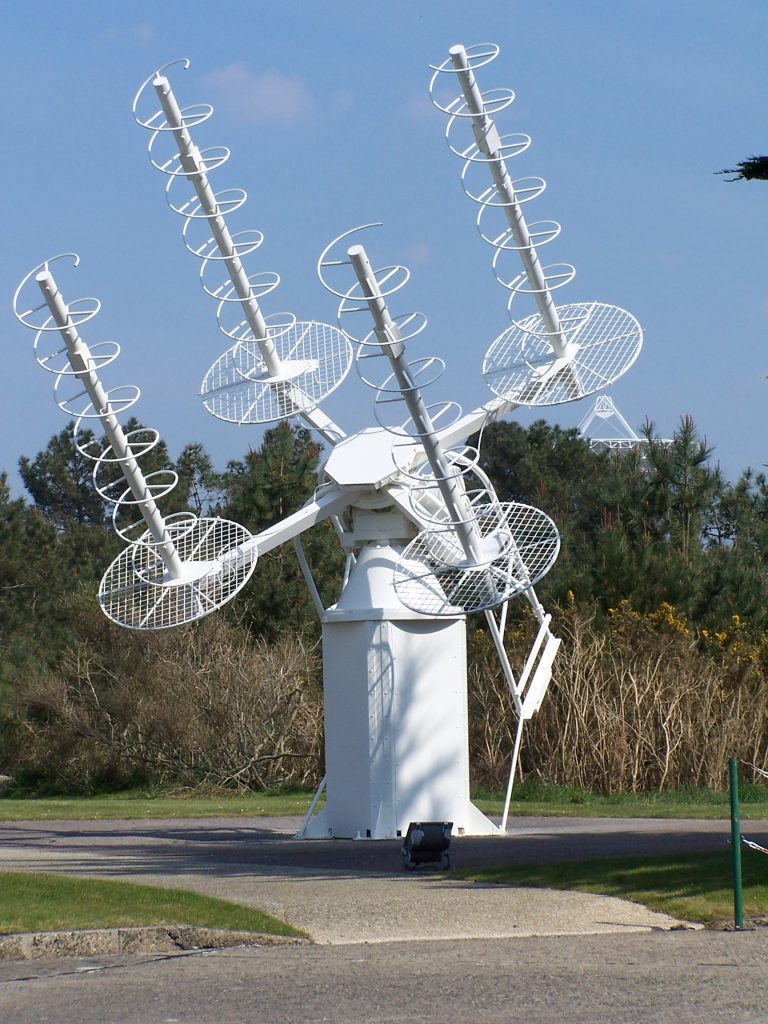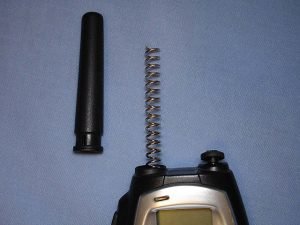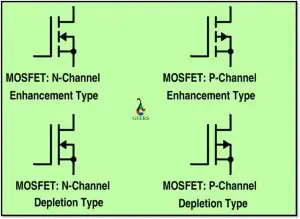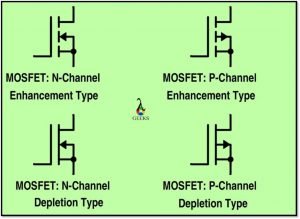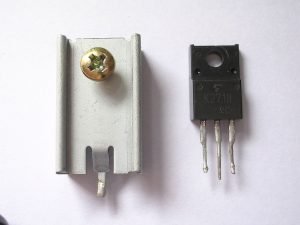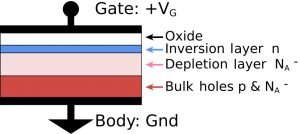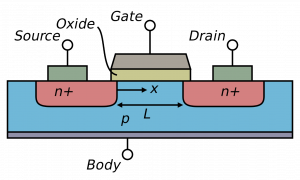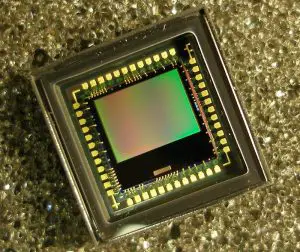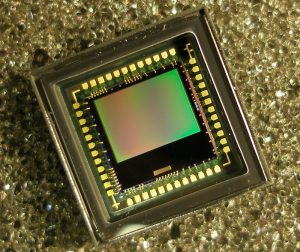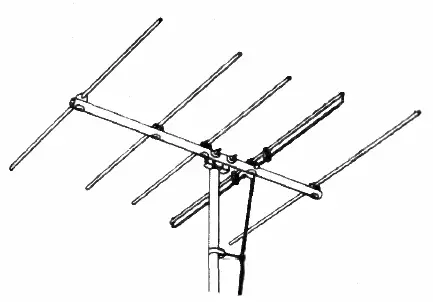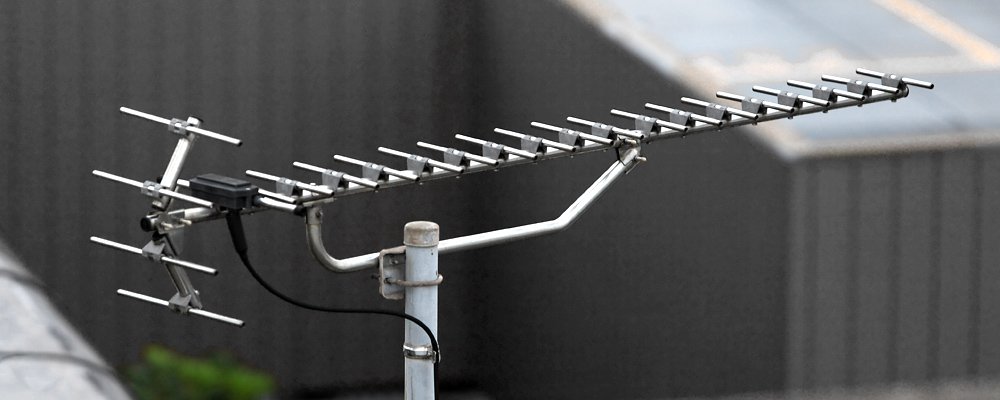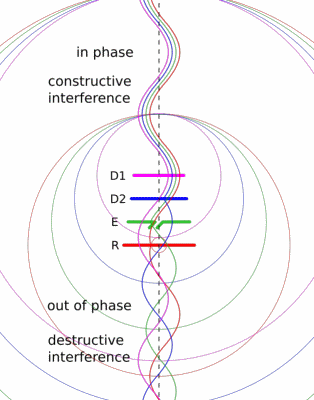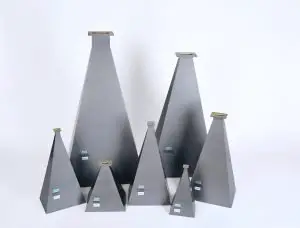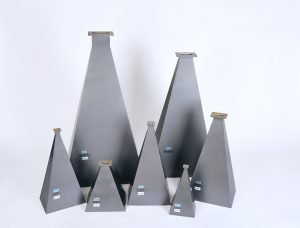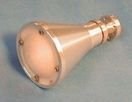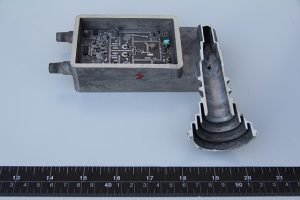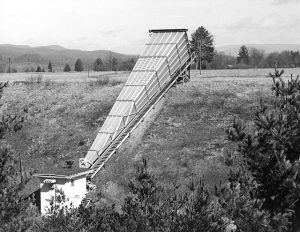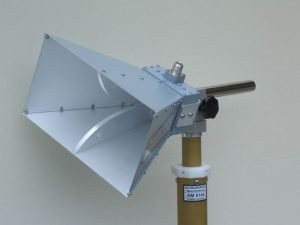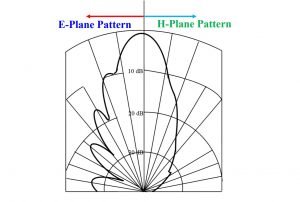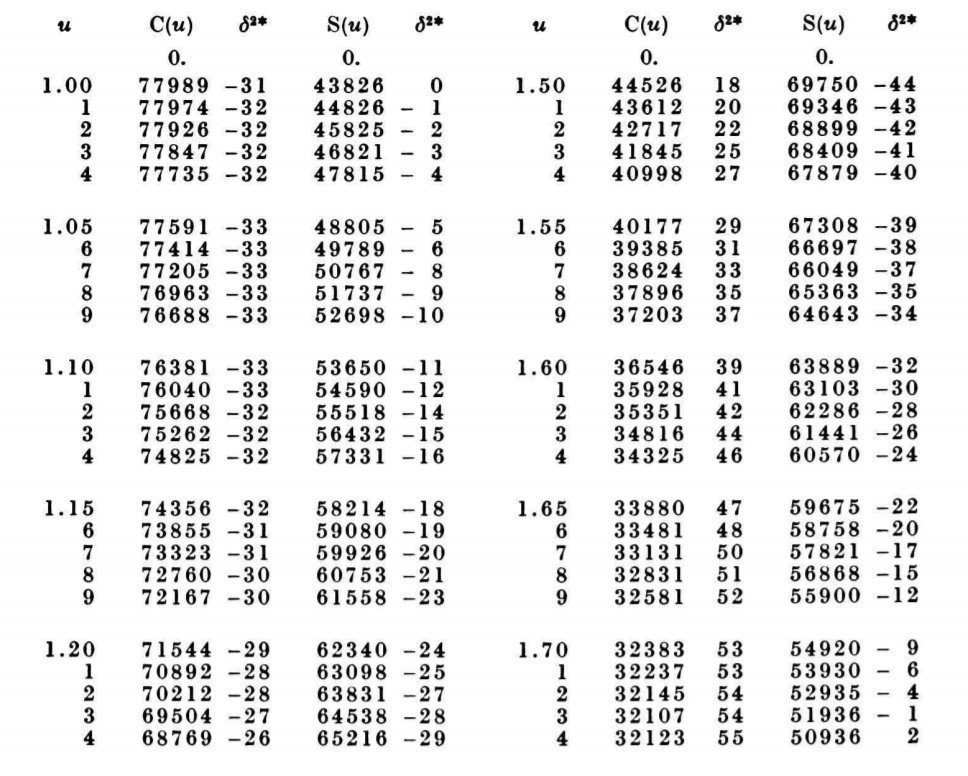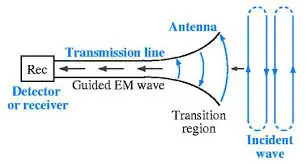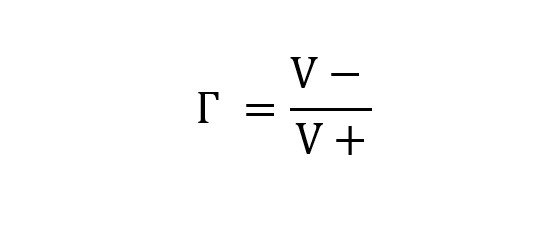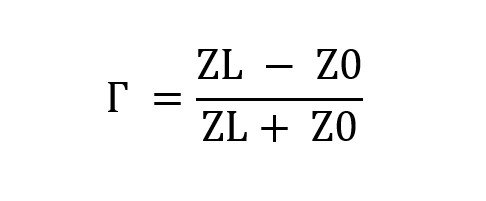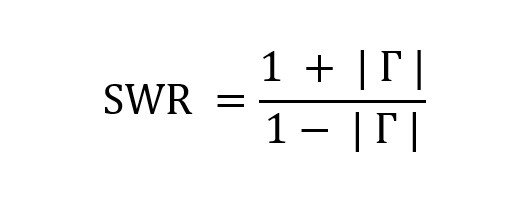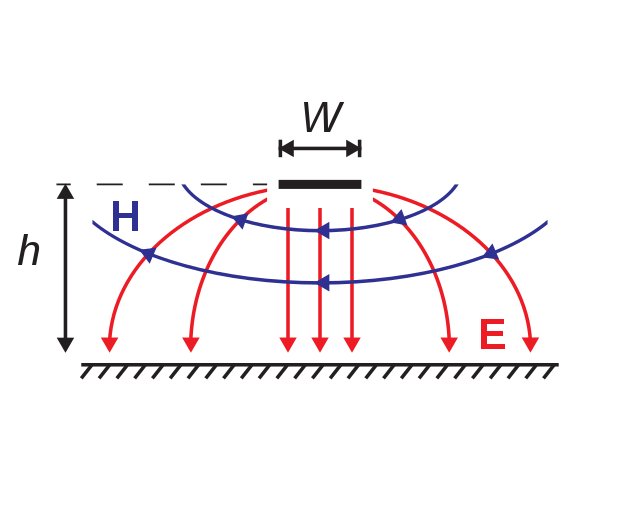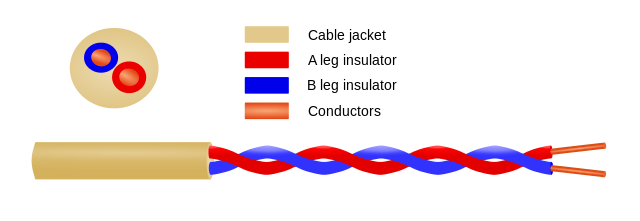Points of Discussion : DC Circuits
- Introduction to DC Circuits
- Kirchhoff’s Laws
- Kirchhoff’s Current Law (KCL)
- Kirchhoff’s Voltage Law (KVL)
- Node Voltage Method
- Mesh Current Method
- Loop Current Method
- Some Important Questions related to DC Circuits
Introduction to DC Circuits
DC stands for Direct Current. If the energy source phase doesn’t change with time, then the circuit will be referred to as DC Circuits. Primary energy sources for DC Circuits are batteries or similar steady power suppliers. They have a range from 5 Volts to 24 Volts. Seeing the energy symbol of a circuit, one can understand whether it is AC Circuit or DC Circuits. The symbols are given below.
Kirchhoff’s Laws
Gustav Robert Kirchhoff was an eminent physicist of German origin. His research related to electrical circuits gave us two primaries yet the most critical laws for circuit analysis. These laws are typically known as Kirchhoff’s laws. He had come up with laws for both current and voltage. They are popularly known as – Kirchhoff’s Current law and Kirchhoff’s Voltage Law. These laws are fundamental rules for DC circuits analysis.
Before studying Kirchhoff’s laws, one should have basic circuit properties of nodes, junctions, loops, mesh, branches, etc. Some definitions are given below; please check the circuit analysis article for more such primary terminologies.
- Node / Junctions: Node or junction in a circuit is known as the connecting point of two or more numbers of components.
- Loop: A loop in a circuit is defined as a closed path starting from a specific node, traveling through any part of the circuit, and ends at that specific point. There is a point to be remembered that the path can travel any circuit part only for once. A loop can include or overlap with any other loop of the circuit.
- Mesh: Mesh can be said as the smallest loop possible in a circuit that has no overlap and doesn’t include any other loop within it.
- Kirchhoff’s Current Law is often interpreted as the First Law of Kirchhoff’s or Kirchhoff’s Junction law. It deals with the current equations of a node or junction.
- Kirchhoff’s Voltage law is often interpreted as the Second Law of Kirchhoff’s or Kirchhoff’s loop law. It deals with the voltage equations of a loop.
Kirchhoff’s Current Law (KCL)
“Kirchhoff’s current law states that the summation of the incoming current to a node is equal to the summation of the outgoing current from the node.”
Mathematically it can be stated as the following equation.
∑Iin = ∑ Iout
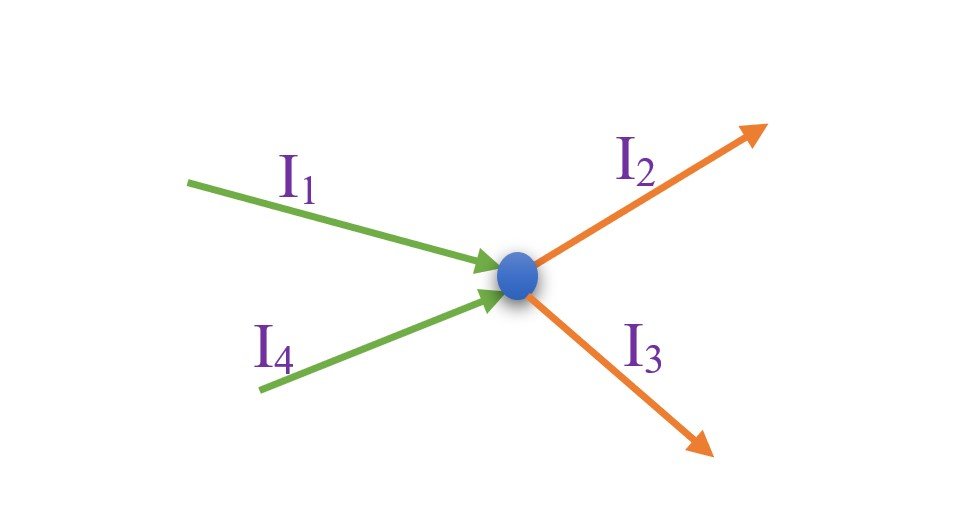
From the above image, we can observe that the currents I1 and I4 are incoming to the node while I2 and I3 are outgoing currents. So, we can write according to Kirchhoff’s Current Law that –
I1 + I4 = I2 + I3
Or, I1 + I4 – I2 – I3 = 0
Concept Check: What will be the current value for the branch I5? Provided that I1= 2 mA, I2= 1 mA, I3= 4 mA, I4= 1 mA and I6= 2 mA.
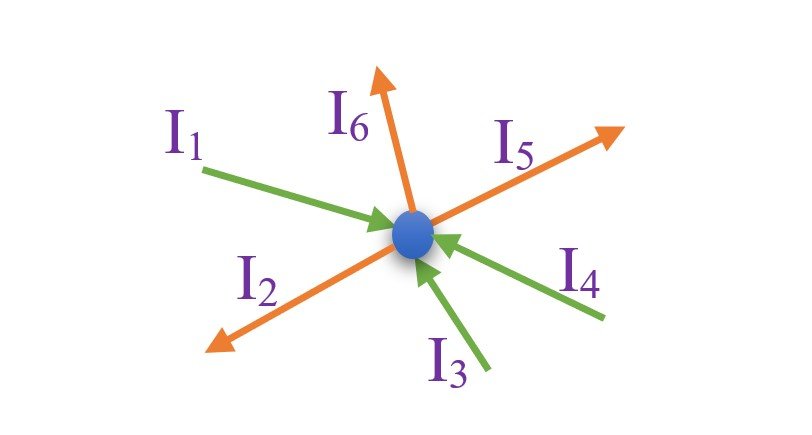
Solution: To solve this type of problem of DC Circuits, first find out the desired node. Then separate the incoming and outgoing current components. Then apply Kirchhoff’s current law and find out the solution.
The incoming currents are I1, I3, I4.
The outgoing currents are I2, I5, I6.
The missing component is I5, which is outgoing.
Now, from KCL, we know that –∑Iin = ∑ Iout
So, we can write –
I1 + I3 + I4 = I2 + I5 + I6
Or, I5 = I1 + I3 + I4 – I2 – I6
Or, I5 = 2 mA + 4 mA + 1 mA – 1 mA – 2 mA
Or, I5 = 4 mA
Kirchhoff’s Voltage law (KVL)
Kirchhoff’s Voltage Law states that the voltage around a loop of the circuit equals zero, and the algebraic sum of voltage drop at each branch in that loop is equal zero also.
Mathematically it can be stated as the following equation.
∑ Vn = 0
Vn represents the voltage around n elements or branch of the loop.
Image Credit – Kwinkunks, Kirchhoff voltage law, CC BY-SA 3.0
From the above image, we can write that,
VAB + VBC + VCD + VDA = 0
Kirchhoff’s voltage law has few characteristics. Some of them are –
- While analyzing a circuit, if you start your path with a node, do not include any other loop in your path, and end your path in the same node, then the sum of voltage through that path will be zero.
- The path can be in any direction; the Clockwise or anti-clockwise path does not affect Kirchhoff’s voltage law.
- A typical complex circuit may have many loops. KVL is valid for each and every possible loop of the circuit.
Node Voltage method
The node voltage method is another useful method for the analysis of the DC circuit. It is derived from Kirchhoff’s current law. SPICE – a simulator software contains this method. Actually, this method is more comfortable to implement and analyze the whole circuit. Using the method helps us to get rid out of Kirchhoff’s voltage law if we want to.
- Node Voltage: Node voltage is a concept needed for the Node Voltage Method. This can be defined as the potential difference between two nodes.
Steps to follow: The node Voltage method can be applied to the DC circuits by following the below-mentioned steps.
- Select a reference node. In most cases, the ground node is elected.
- Name all the other nodes of the circuit.
- Start with the nodes, which seems to be easy. The energy source (preferably voltage source) node connected with the reference node would be more comfortable.
- Now apply Kirchhoff’s current law for every node. Also, do the calculations of hm’s law.
- Find out the solutions for all of the node voltages.
- Find out any current of the circuit with the help of Ohm’s law.
Mesh Current Method
The mesh current method is another efficient method for DC circuit analysis. It is derived from Kirchhoff’s Voltage Law, and a new method named “Loop current method” is derived from this method. It has an added advantage over other circuit analysis methods as it does not require to solve a 2E number of circuit equations (E stands for the number of elements of the circuit). Studying this method needs an adequate level of understandings of the concept of loops and meshes.
- Loop current: Loop current is a concept needed for this method. It is defined as the current through any loop or mesh of the circuit.
- Superposition principle: Superposition stands for general addition. Here superposition principle states that loop currents can be added together to get the actual current element.
- Linearity: Linearity characteristics help to use the principle of superposition. Linearity is multiplying voltage with a constant and getting the current as constant the multiplied product.
Steps to follow: Mesh current method can be applied by following the below-mentioned steps.
- Mark the meshes (known as open windows of the circuit).
- Choose a specific constant current direction (either clockwise or anti-clockwise), which all be applied for every mesh. Also, give current variables to each mesh.
- Apply Kirchhoff’s Voltage law for each mesh and write down the equations.
- Calculate the resulting system for all the mesh equations.
- Using Ohm’s law, find out the desired current and voltage components.
Loop current Method
We can say that the Loop current method is an updated version of the Mesh Current method. This method is popular and helpful for non-planar circuits.
Steps to follow: loop current method can be used to analyse DC circuits using the below-mentioned steps.
- Mark the meshes (known as an open window of the circuit). Also, identify the loops.
- Choose a specific constant current direction (either clockwise or anti-clockwise), which all be applied for every mesh. Also, give current variables to each mesh or the loops.
- Calculate the resulting system for all the mesh and loop current equations.
- Using Ohm’s law, find out the desired voltage and current component.
Some important questions related to DC Circuits
1. What is the main idea behind Kirchhoff’s current law?
Answer: The main idea behind Kirchhoff’s current law is the theory that charges cannot be accumulated at one point.
2. Write some limitations of Kirchhoff’s laws.
Answer: Kirchhoff’s both laws have some limitations. They are listed below.
- Kirchhoff’s current law comes with the assumption that conductors and wires are the only media for the flow of current. In reality, in high-frequency circuits, we can observe the flow of current in open circuits as standard conductors work as transmission lines.

- Kirchhoff’s Voltage law comes up with the assumption that every closed loop of the circuit will be free from the effect of the magnetic field, more specifically, the fluctuating magnetic field. But, in the high-frequency circuits, this condition doesn’t get satisfied.
3. Nodal analysis is based on the law of energy conservation—state whether the given sentence is true or false.
Answer: False. Nodal analysis is based on Kirchhoff’s current law, and also Kirchhoff’s first law supports the conservation of charges, not energy.
4. What is the effect on the circuit’s current if the energy sources are connected in parallel?
Answer: The current of the whole circuit gets increased.

